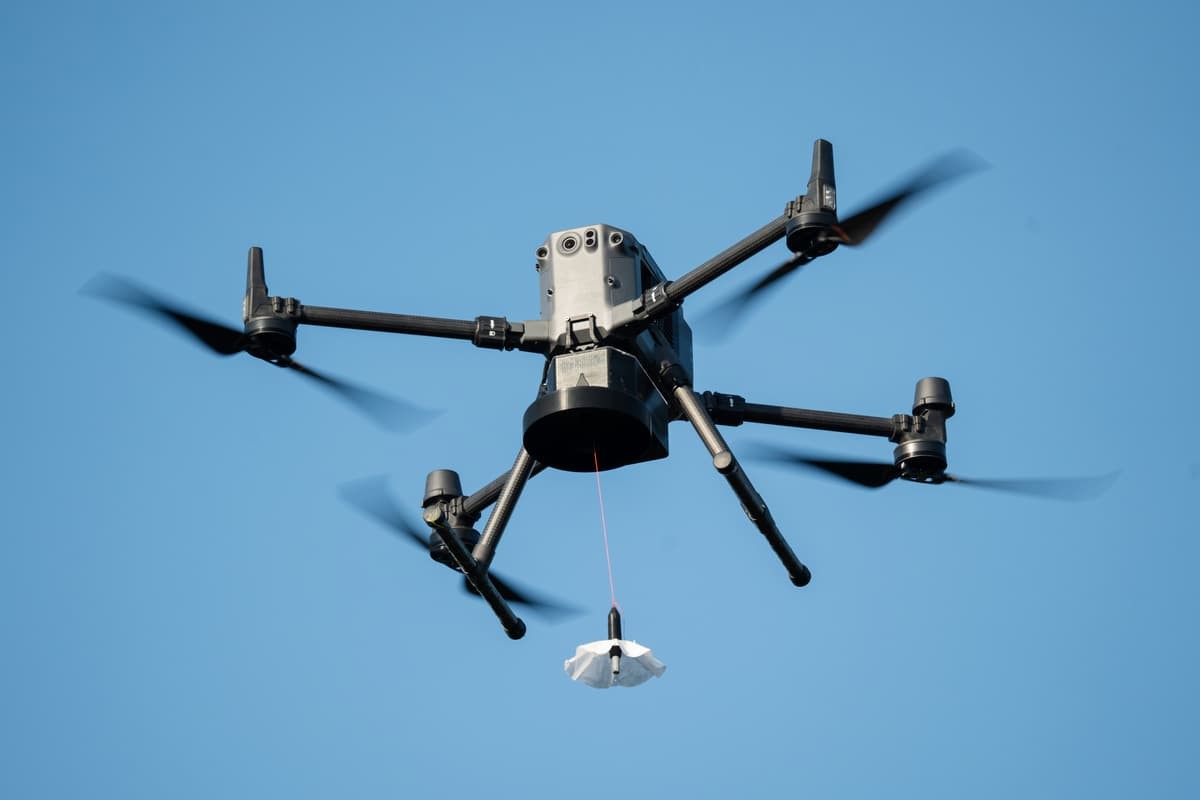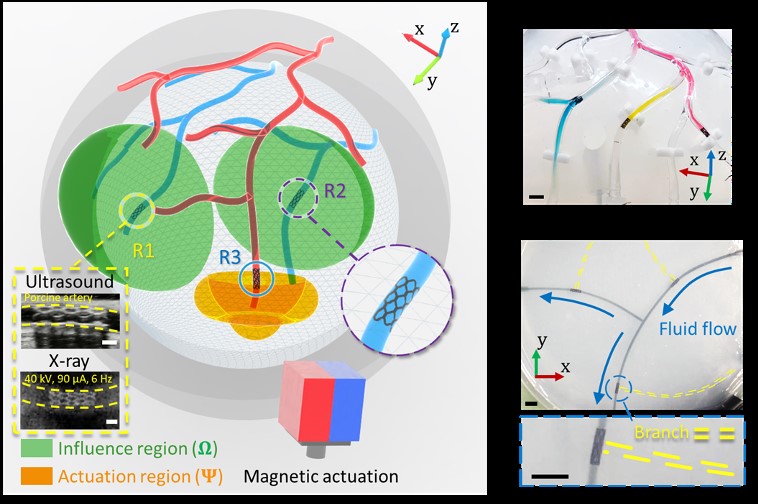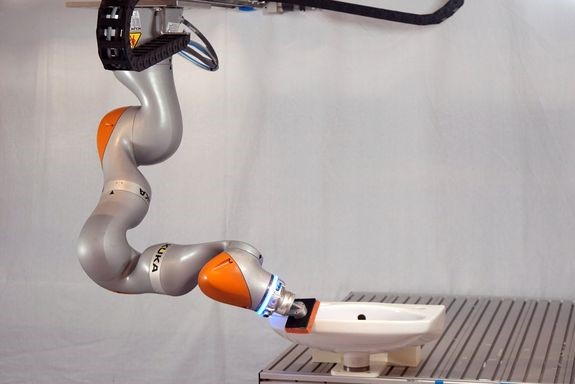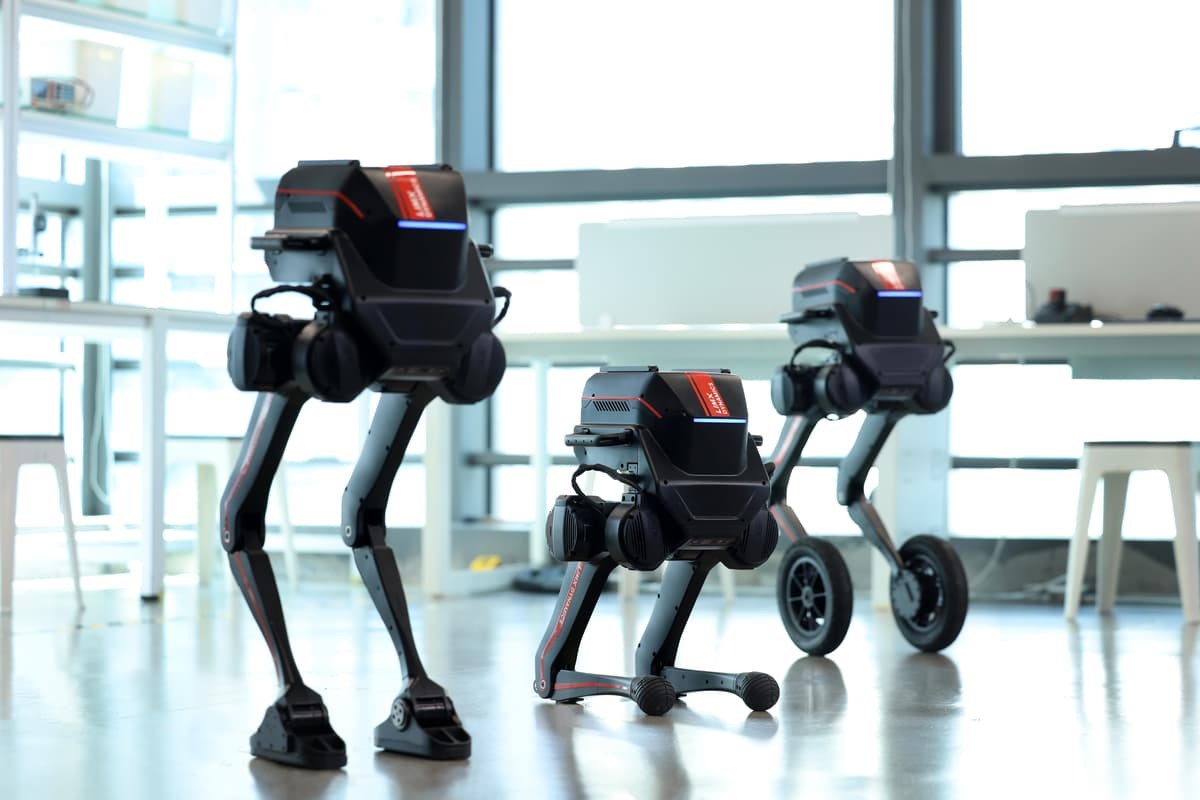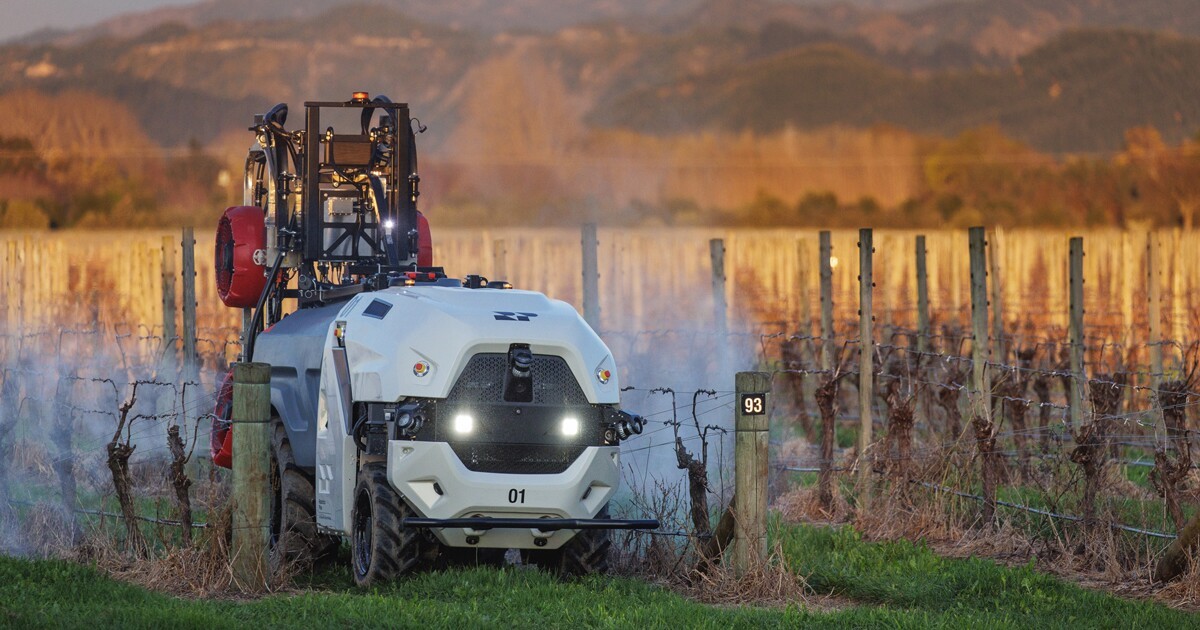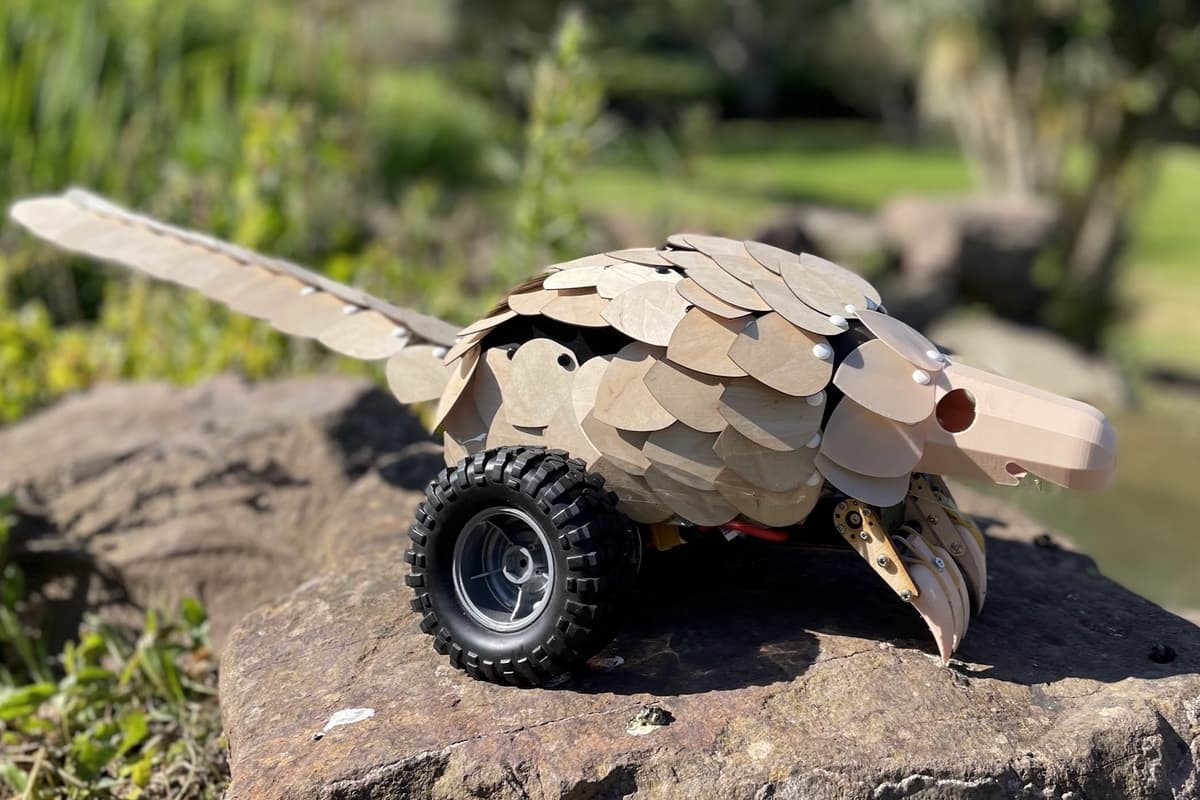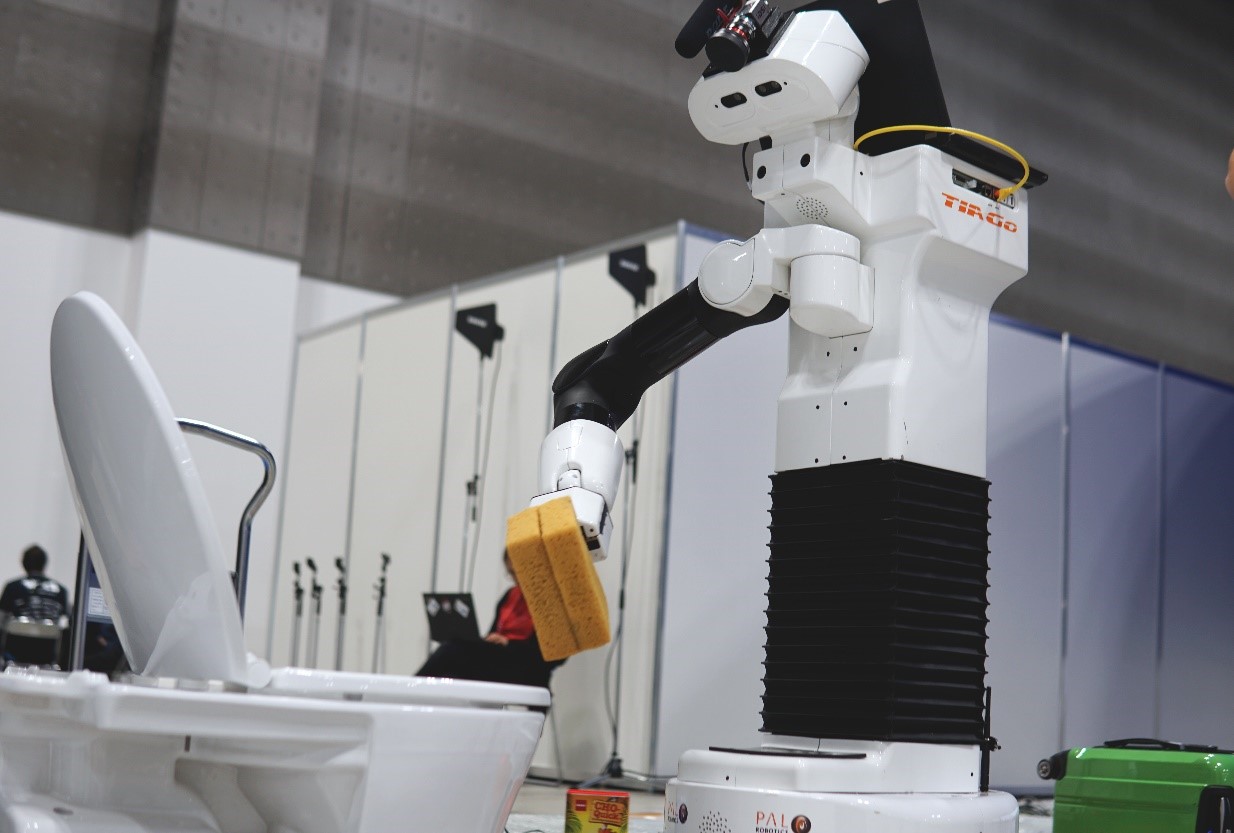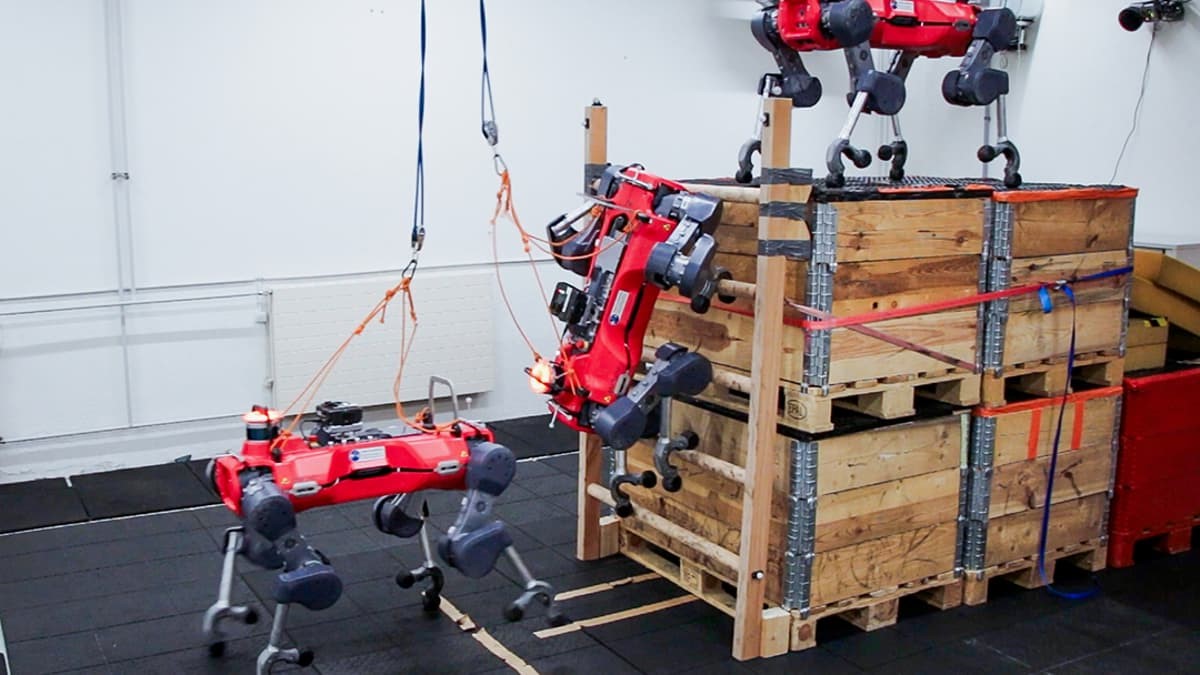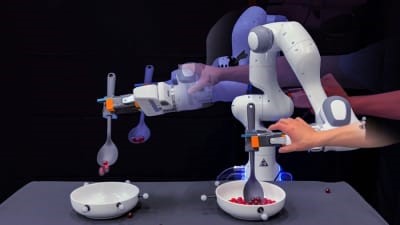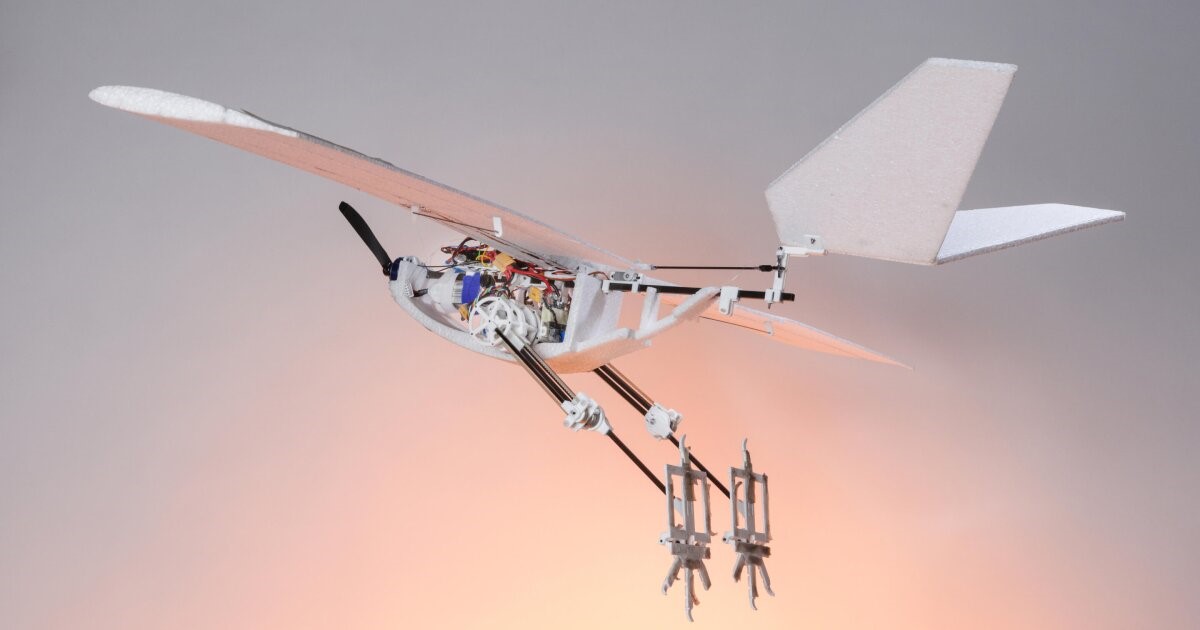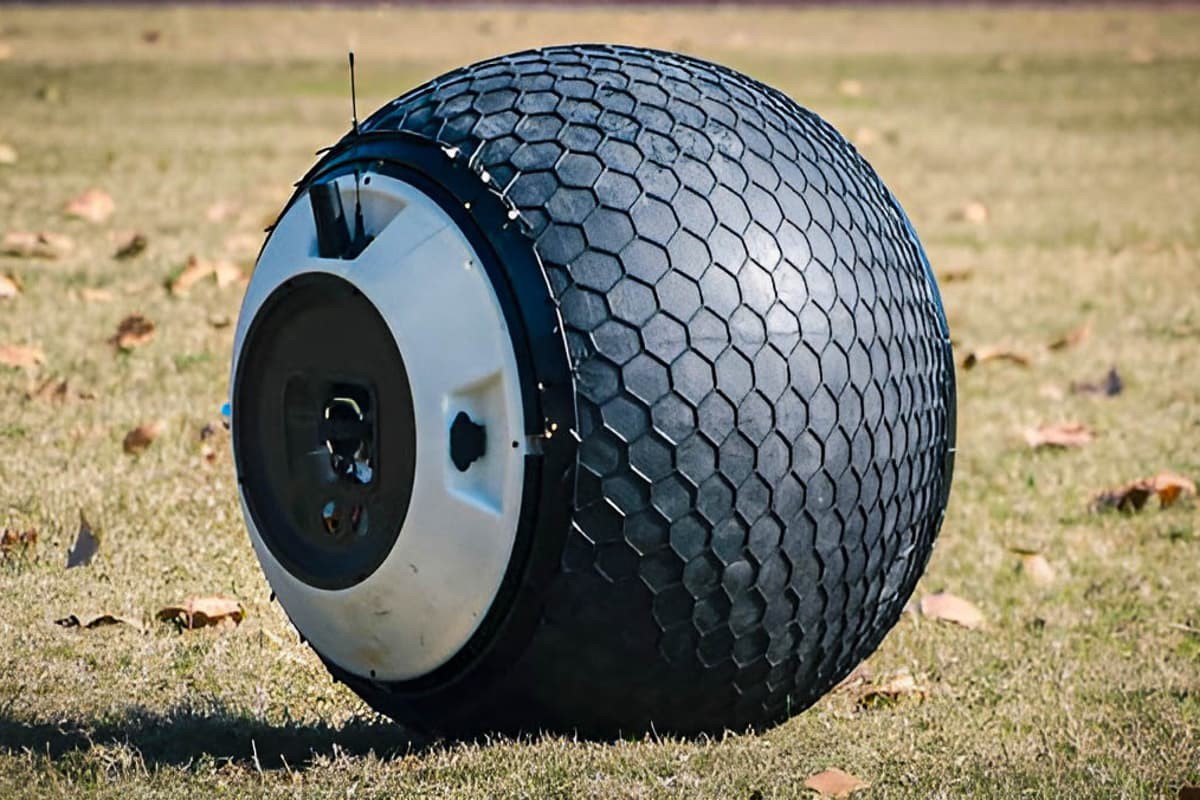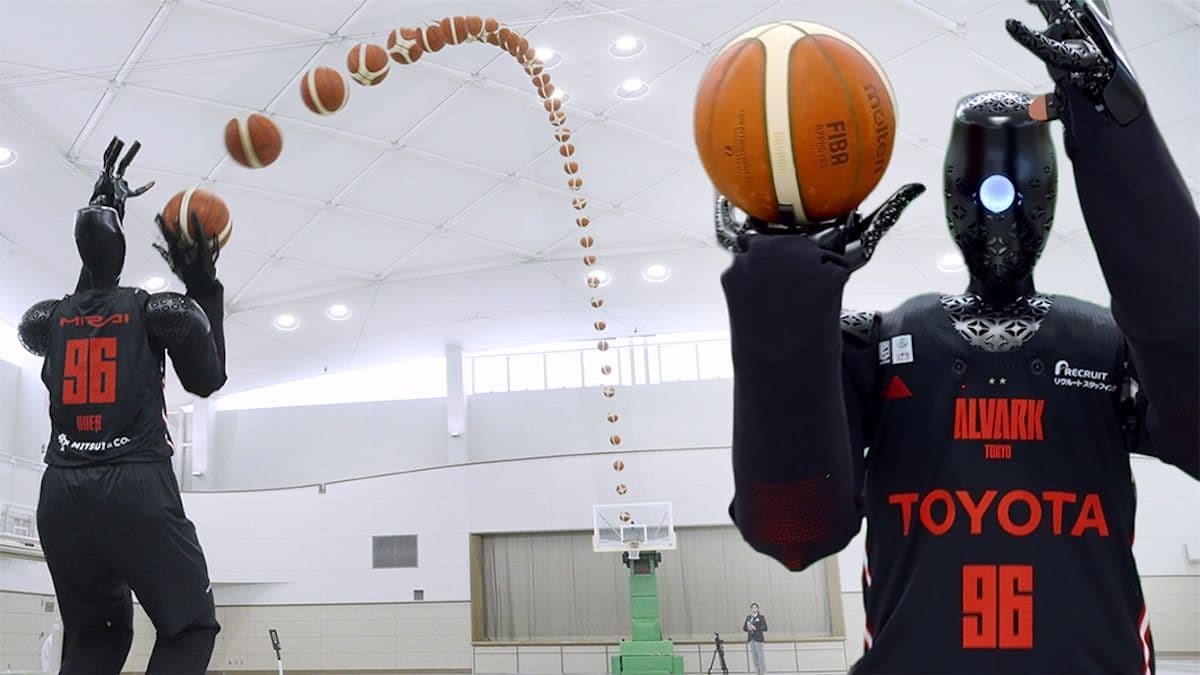See the Fastest Swimming Soft Robot Glide Like a Manta Ray
Researchers in the US have drawn inspiration from the graceful, bird-like movement of manta rays to create a fast robot capable of agile maneuvers in water.
They claim their soft, swimming robot design is ideal for navigating complex and unstructured environments, such as deep-sea exploration and environmental monitoring both on the surface and underwater.
This new soft robot can achieve a speed of 6.8 body lengths per second.
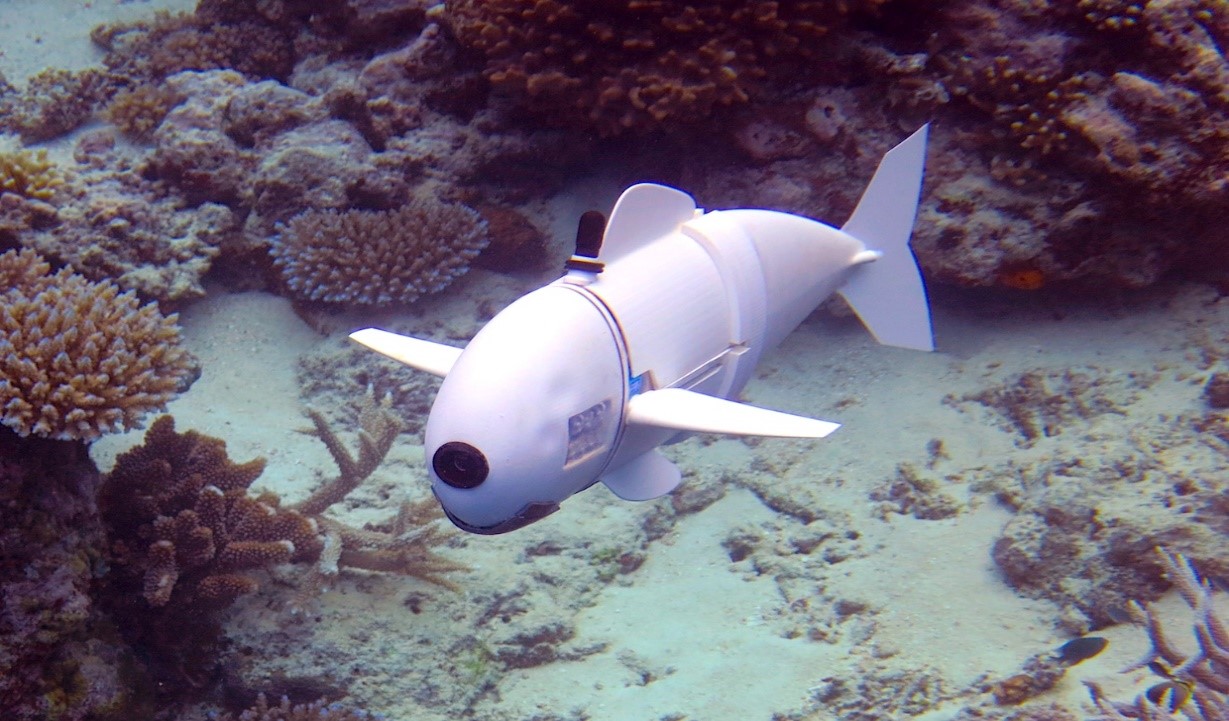
Figure 1. Manta Rays Inspire Record – Breaking Soft Swimming Robot
"The previous model could only swim on the water's surface," says Jie Yin, an associate professor of mechanical and aerospace engineering at North Carolina State University and the corresponding author of a paper detailing the work in Science Advances [1]. Figure 1 shows Manta Rays Inspire Record – Breaking Soft Swimming Robot.
"Our new robot can swim up and down through the entire water column."
Its fins, designed to resemble those of a manta ray, are attached to a flexible silicone body that includes a chamber that can be filled with air.
Inflating the chamber causes the fins to bend, mimicking the downstroke of a manta ray's fin flap. When the air is released, the fins automatically snap back to their original position.
A power supply and air pump float on the water's surface, connected to the robot by a small air tube.
Jiacheng Guo, a PhD student at the University of Virginia and co-author of the paper, says, "We studied the swimming motion of manta rays and were able to replicate that behavior to control whether the robot moves toward the surface, swims downward, or stays in place within the water column."
"When manta rays swim, they generate two jets of water that propel them forward. Mantas adjust their trajectory by modifying their swimming motion," Guo explains.
"We used a similar technique to control the vertical movement of this swimming robot," Guo adds.
Co-author Yuanhang Zhu, an assistant professor of mechanical engineering at the University of California, Riverside, explains that the robot’s downward water jet is more powerful than its upward jet.
"If the robot flaps its fins rapidly, it will ascend," says Zhu. "However, by slowing down the flapping frequency, the robot can sink slightly between flaps, allowing it to either dive downward or maintain its depth."
The air chamber stays inflated longer when the robot flaps its fins more quickly, increasing its buoyancy.
The researchers demonstrated that their manta-inspired robot could maneuver around obstacles on both the surface and the floor of a water tank [2]. It was also able to carry a payload on the water’s surface, including its own air and power supply.
"This is a highly engineered design, but the core concepts are quite simple," says Yin.
"With just one actuation input, our robot can navigate through complex vertical environments.
"We are currently working on enhancing lateral movement and exploring other actuation methods, which will greatly improve the system's capabilities. Our aim is to achieve this while maintaining the design's elegant simplicity."
References:
- https://techxplore.com/news/2024-12-manta-rays-fastest-soft-robot.html
- https://cosmosmagazine.com/technology/robotics/manta-ray-soft-robot/
Cite this article:
Janani R (2024), See the Fastest Swimming Soft Robot Glide Like a Manta Ray, AnaTechMaz, pp. 105


